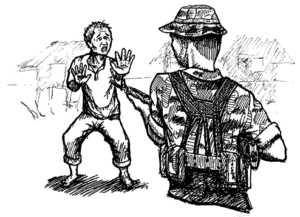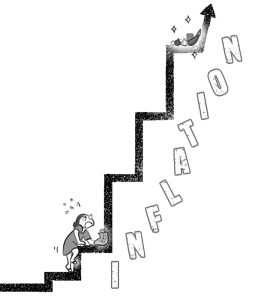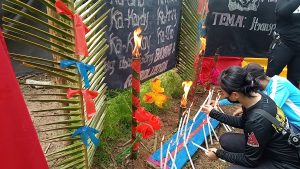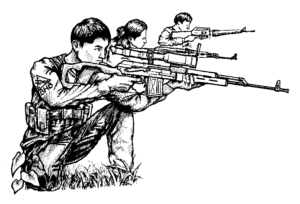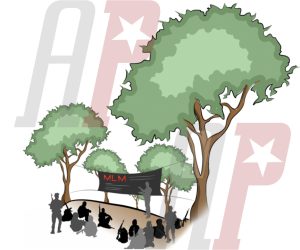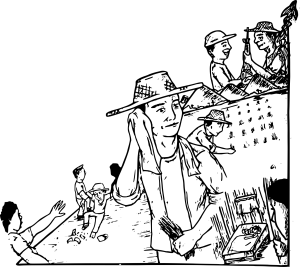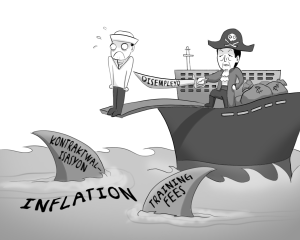A retrospect into the 1980s strike movement

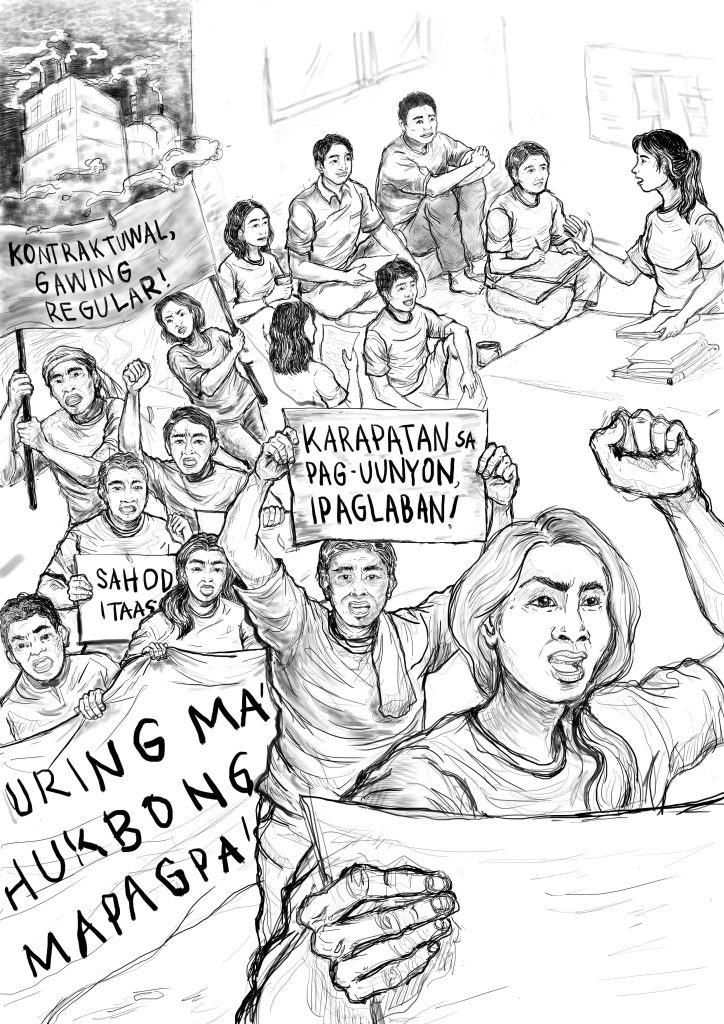
The strike movement and protest actions of workers and their supporters were temporarily suppressed when Ferdinand Marcos Sr imposed martial law across the country in 1972. But when the economic crisis intensified, it was unable to stop the eruption of strikes which started in La Tondeña in 1975. It continued to develop alongside the anti-fascist struggle that overthrew the US-Marcos fascist dictatorship in February 1986, and even in the early years under Corazon Aquino’s regime.
These years were marked by widespread strikes and factory struggles, unity of progressive and militant unions at the lead of the labor movement, the broad consciousness of workers about union and national issues, and the active participation of thousands of workers in political actions who bravely led the whole democratic and patriotic movement.
The labor movement grew relentlessly. In 1981, when the dictator threatened to enforce Batas Pambansa 170 to stop workers’ strikes, textile workers at the Solid Mills and International Pants Corporation in Parañaque and Litton Mills in Pasig, Metro Manila, immediately responded with strikes.
Earlier, 6,500 miners at the Benguet Mining Corporation in Cordillera rose on January 5 and 7, 1981. For nine months, they paralyzed mine operations in Antagan, Acupan, Balatoc, Kelly and Atok-Big Wedge. They demanded a ₱1 increase in their daily wages in the first year of their Collective Bargaining Agreement (CBA). On March 31, 1981, a series of 50 strikes was mounted to push for implementation of wage increases and allowances based on Marcos’ decree. Among those who went on strike were 10,000 workers of the Novelty Corporation.
In Central Luzon, operations at the Pepsi-Cola Bottling Company were paralyzed on April 4, 1981 when 1,100 workers mounted a strike in 13 warehouses in Pampanga, Bulacan, Bataan, Zambales and Nueva Ecija. The strikers asserted: release the christmas bonuses which they have not received since 1975. Seven thousand Bataan Export Processing Zone (BEPZ) workers disobeyed the no strike policy at the foreign companies’ “paradise.” On July 31, 1981, workers at the Ford Ensite LTD, Mariveles Apparel Corp., Integrated Electronics Inc., Monasteria Knitting Inc., and Mattel Phils Inc. mounted a general strike.
In Negros Occidental, more than 1,000 workers belonging to the National Federation of Sugar Workers in the Central Azucarera de la Carlota staged a strike after the company refused to give them their 13th month pay in the past few years.
Workers in 120 factories in Metro Manila simultaneously mounted a strike on April 16, 1984 to denounce fascist attacks and repression of strikes and pickets. On the same day, thousands of workers marched in the funeral of two strikers in the Foamtex Industries who were killed on April 7, 1984 while in the picketline. The strikes expanded to the Far Eastern University, Philex, Quezon Development Bank (in Quezon and its eight branches in Laguna, Batangas and Naga City), Milky Way Manufacturing and Chemical Manufacturing. Meanwhile, 5,000 Meralco workers left their jobs and marched around their office in Pasig.
For the third time, a massive strike broke out in the BEPZ on May 28, 1984. It was joined by 15,000 workers from 18 unions. The previous strikes took place in June 1982 and October 1983.
Thousands of workers staged strikes in 144 companies in Metro Manila on March 10, 1984. These included workers in Rubberworld-Adidas (6,900), Yupangco Cotton Mills (3,000), Dai-ichi (4,000) and South Harbor (3,000).
By 1986, the strike movement had further developed, marked by sustained activity through the year. The number of strikes increased by 30% in 1985 from 282 in 1984 to 366. The number of workers who took part in the strikes rose by 67%, from 65,000 to 109,000.
On November 13, 1986, Ka Rolando Olalia, chairman of the Kilusang Mayo Uno (KMU) and the Partido ng Bayan (People’s Party), was abducted and killed, with unionist Leonor Alay-ay. Up to half a million workers joined Ka Lando’s funeral on November 20, 1986. In sympathy, 15,000 workers paralyzed 28 of 31 companies in the BEPZ.
Up to 200,000 workers joined militant rallies and demonstrations in Metro Manila and other urban centers to celebrate the historical labor day on May 1, 1989. They gathered at the Luneta Grandstand in Manila under the KMU. This is one of the biggest labor day rally that signaled the start of the general strike from May 26 to 31, 1989. It was joined by 500 unions in Metro Manila, 57 companies in Central Luzon, specifically Bulacan and Bataan, Southern Tagalog (11), Mindanao (69), Visayas (22) and Northern Luzon (3).
Across the entire country, 700 manufacturing, transportation and service companies were paralyzed, in which capitalists lost 5 million mandays. They took action in the picketlines fronting factories, street marches and demonstrations in public squares and in front of Congress. They demanded a ₱30 across-the-board increase in minimum wages for all workers.
On May 30, 1989, Congress passed a bill providing for a ₱25-₱20-₱15 increase in minimum daily wage. As a result, the government was forced to enact a wage increase law despite strong opposition from foreign and local capitalists and puppet Aquino I regime.
The working class achieved their successes through the strength of the strike movement!


